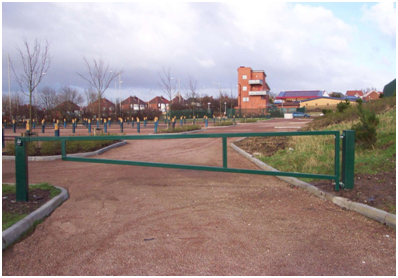 Although a great number of advancements have been made in recent years in the design and production of automatic gate systems, their predecessors, manual swing gates, still prove to be a low cost and very practical option for lots of businesses.
Although a great number of advancements have been made in recent years in the design and production of automatic gate systems, their predecessors, manual swing gates, still prove to be a low cost and very practical option for lots of businesses.
Manual swing gates are ideal for positioning in situations or locations where it does not make the extra investment of automatic gate systems necessary or cost effective.
Typically, the flexibility offered by manual swing gates has seen them installed in a wide variety of different locations including car parks, business driveways and more general traffic management requirements.
Swing gates provide an arm that acts to block off access to areas which you wish to close off. When access is required, the arm can be swung open manually at a 90 degree angle and closed again afterwards. This arm is hollow, making it much easier for the operator to open and close to the gate if and when access is required.
This gate can be locked in an open or closed position with the use of a padlock, enabling you to provide excellent security and peace of mind during overnight or holiday periods when access is likely not to be required, but also providing you with the flexibility to lock in the open position should you expect high volumes of authorised traffic.
An additional latch post is required to lock this gate in the open position, but it is strongly encouraged to stop the gate swinging back into pedestrians or vehicles during times when you want to gate to be kept open.
For more information on our range of manual swing gates, including specifications and installation, please visit our website here or arrange a call back with one of our members of staff here.



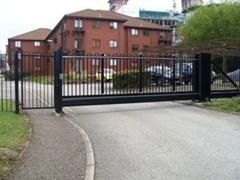
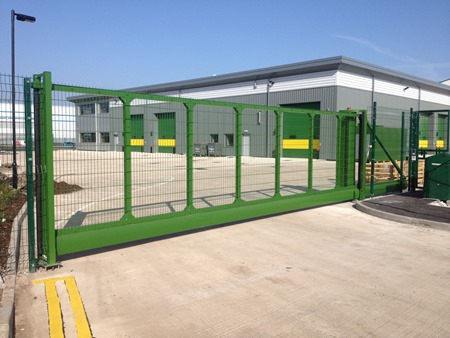

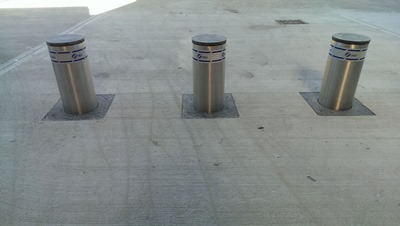

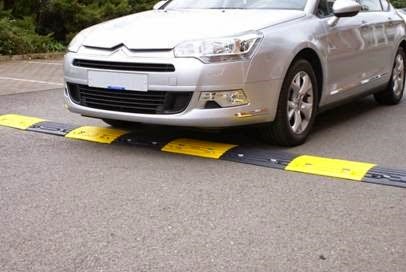

Recent Comments